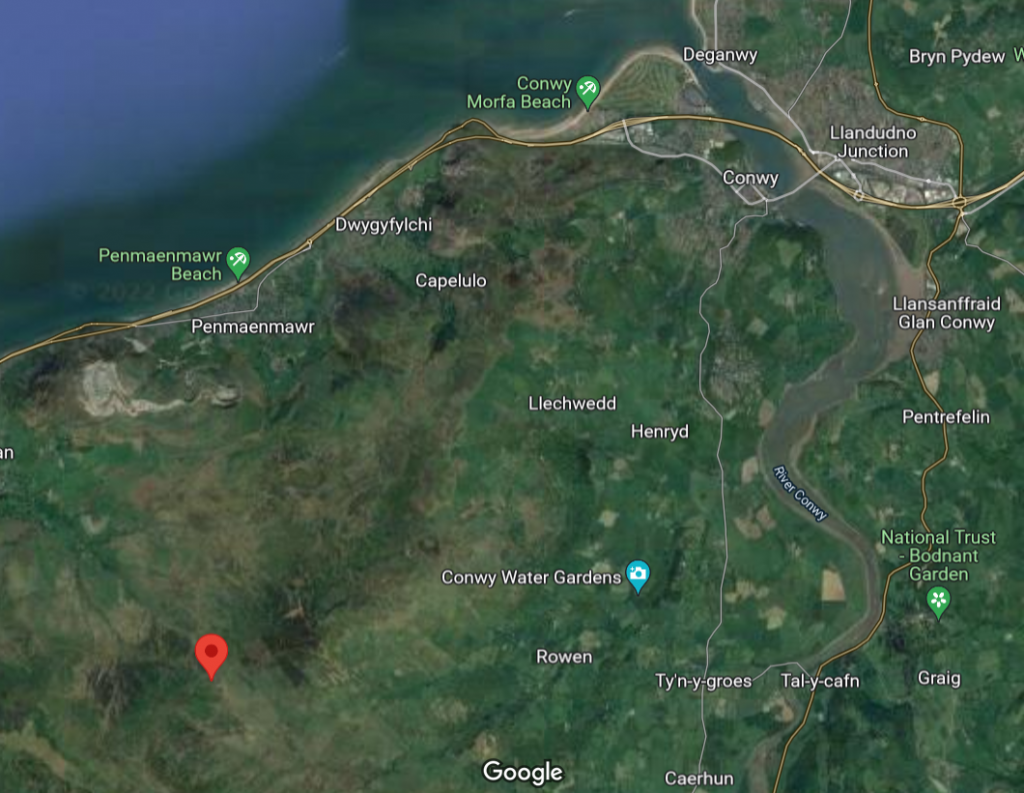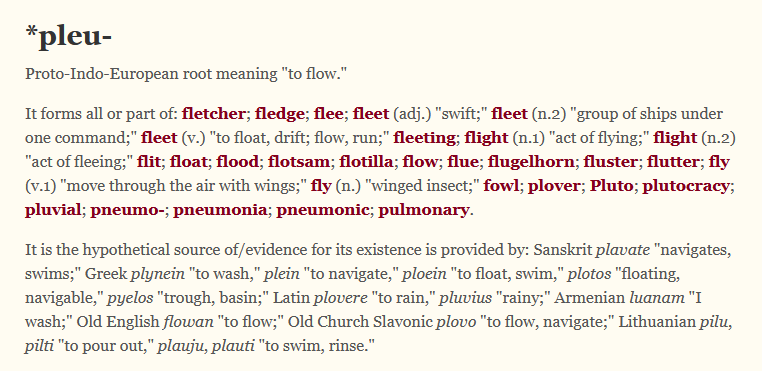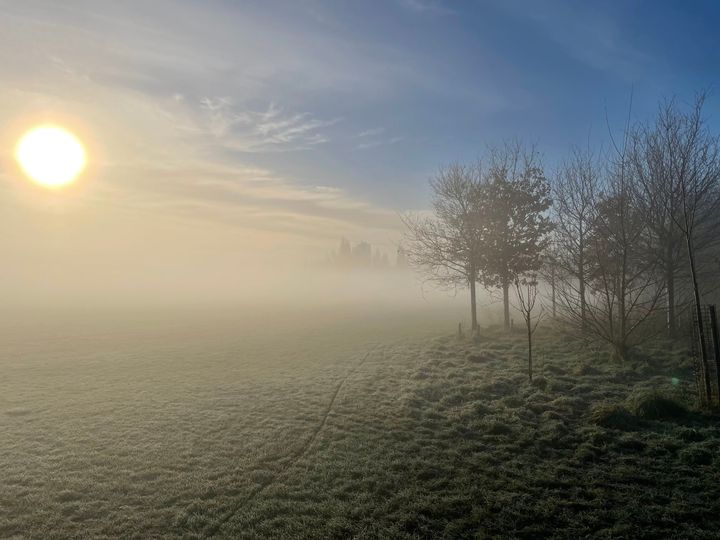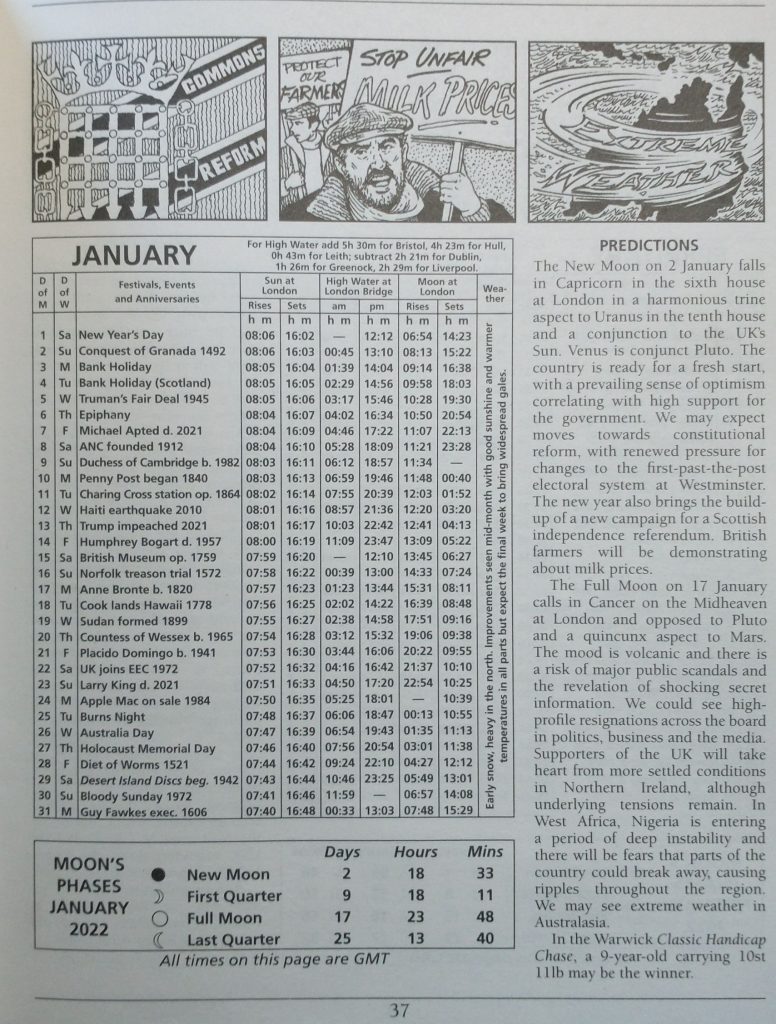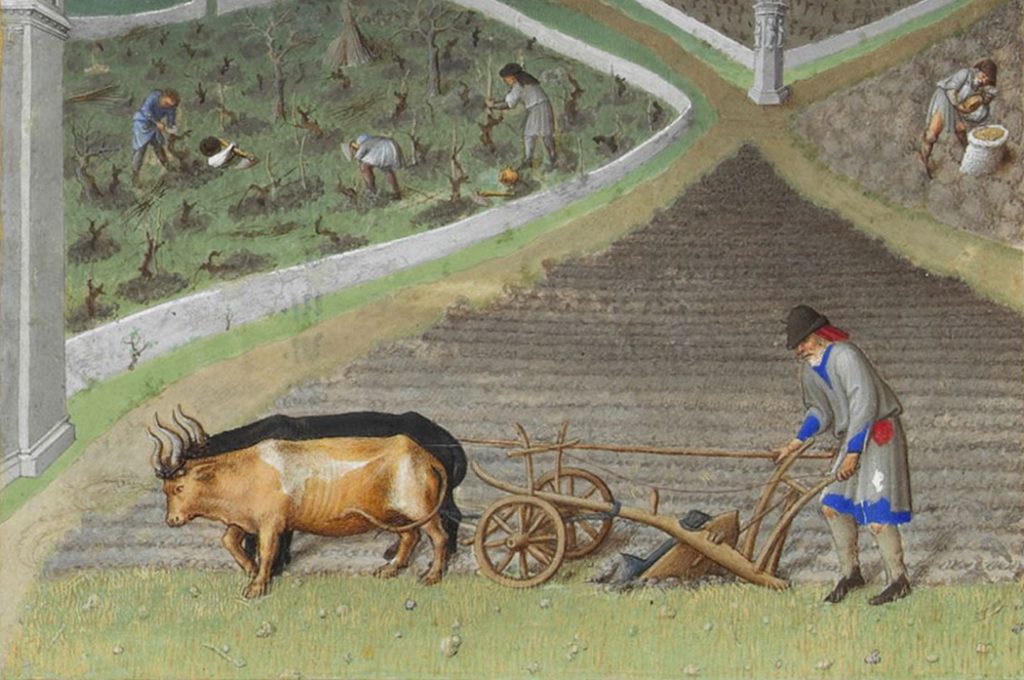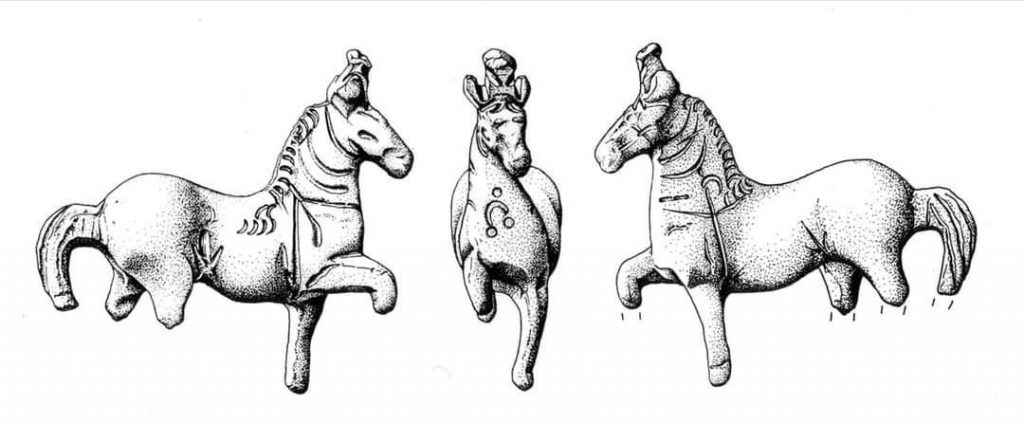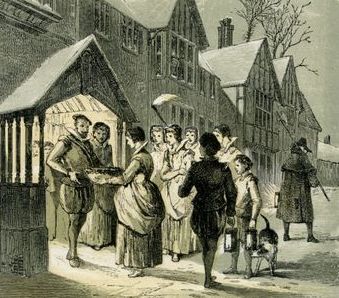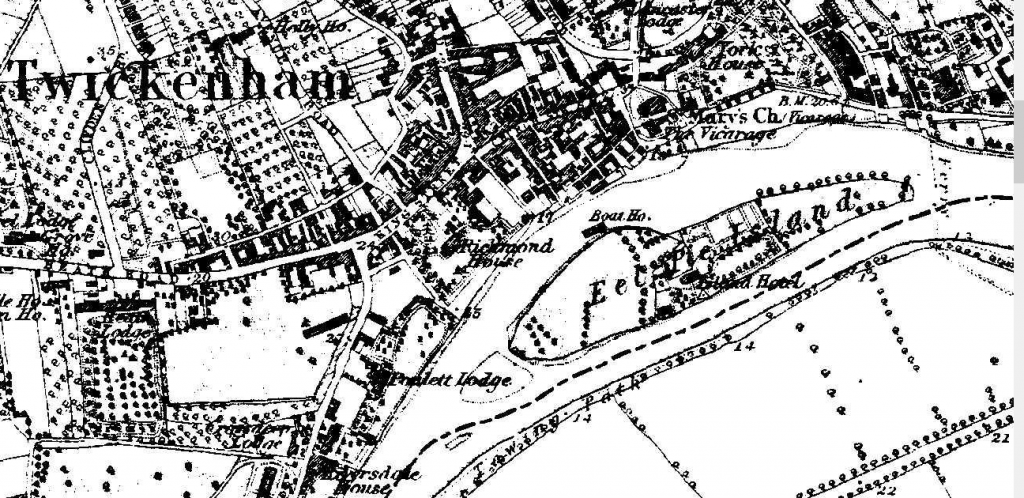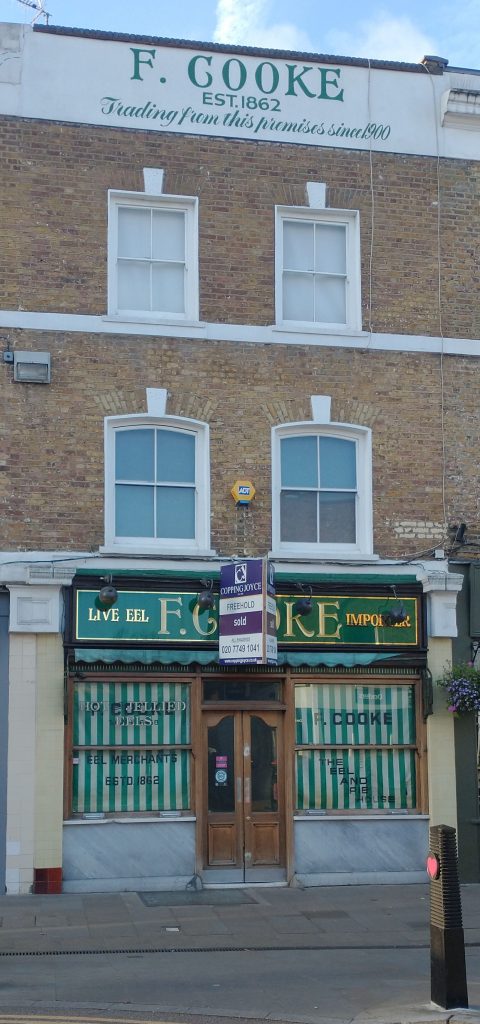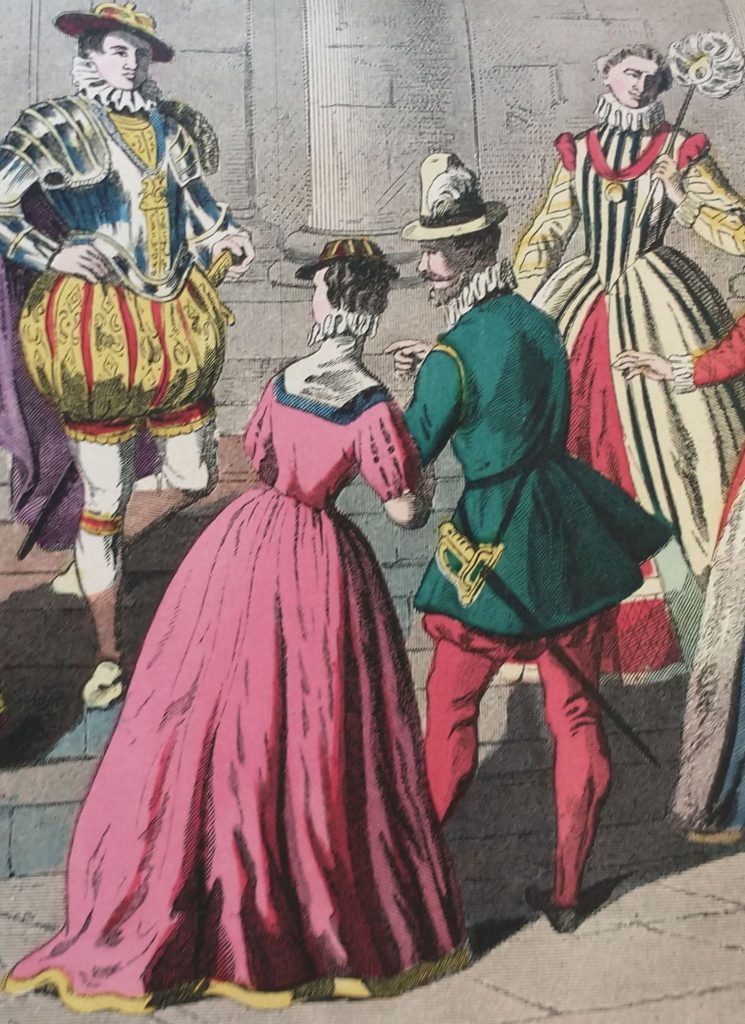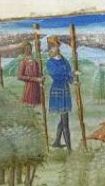
Julian Cope, of the Teardrop Explodes, wrote a wonderfully illustrated guide book of the megalithic sites in the UK. While you read why don’t you listen to the wonderful ‘When I dream.’
I lent the Modern Antiquarian to someone so have to use the website to share what he said about the standing stones of Bwalch-y-DDeufaen, near Conwy.
‘I’m really taken with these stones. The sense of deep time seems to hang around them, from the ageless mountains, through the monument builders, the tramp of Roman soldiers, into a hinterland of iron and wire. Rather than detracting, the pylons add to this sense that we’re standing in the midst of a palimpsest, layers of time and people still there, just below the surface. And perhaps we’re a shadowy presence in earlier and later times, too.
Julian Cope www.themodernantiquarian
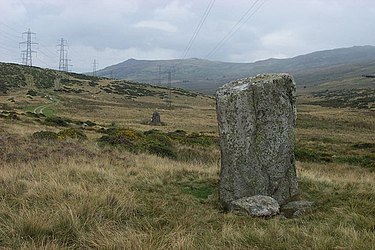
I’m working on a virtual tour of Conwy (Monday 7th March 7pm) and I remember a wonderful story from my several visits to Conwy pre-Covid. So, in my own words:
A Cobbler with a string of old shoes to be repaired hanging on a string around his neck, came upon a Giant carrying two huge stones in his hands. Behind him walked his wife carrying smaller stones in her apron. They were struggling over the Pass with the weight of the stones, and asked the Cobbler anxiously how far it was to the the Island of Anglesey? The Cobbler asked why they wanted to know and the Giant answered. ‘We plan to settle there and these stones are to build a bridge across the Menai Straits’.
The Cobbler came from Anglesey and was alarmed by the idea of the havoc a couple of Giants would cause. So he replied ‘ I don’t know how far it is but I have worn out all these shoes on the way.’
The Giant looked at the string of worn out shoes, looked at his wife and they decided to abandon their journey. He threw the two standing stones in the air and they landed in the ground where they have stood ever since, and his wife threw her smaller stones away too.
This is an explanation of the 2 large standing stones and two smaller ones at Bwalch-y-Ddeufane. They are either Neolithic or Bronze Age. Geoffrey of Monmouth wrote, int eh Twelfth Century, that the indigenous inhabitants of Britain were giants, descended from Poseidon, and the daughters of Albion. They were wiped out by King Brutus, the Trojan (for that tale come to my Myths and Legends of London Walks).
Bwalch means gap or pass and the track here was the prehistoric track and Roman Road that lead to Mona from Conwy and Chester. In fact they even considered it as a possible route for Euroroute 22, before deciding to continue the route along the A55 through Conwy. It was a massive construction project costing £200 million pounds and only made possible by European money as it was a strategic route to Holyhead and Ireland.
Below Bwalch-y-Ddeufane at Caerhun was the Roman Auxiliary Fortress that controlled this vital crossing of the Conwy. It is thought that this became the Civitas Capital of the Deceangli, who controlled the land from the Conwy to the Dee Estuary before and during the Roman period.
